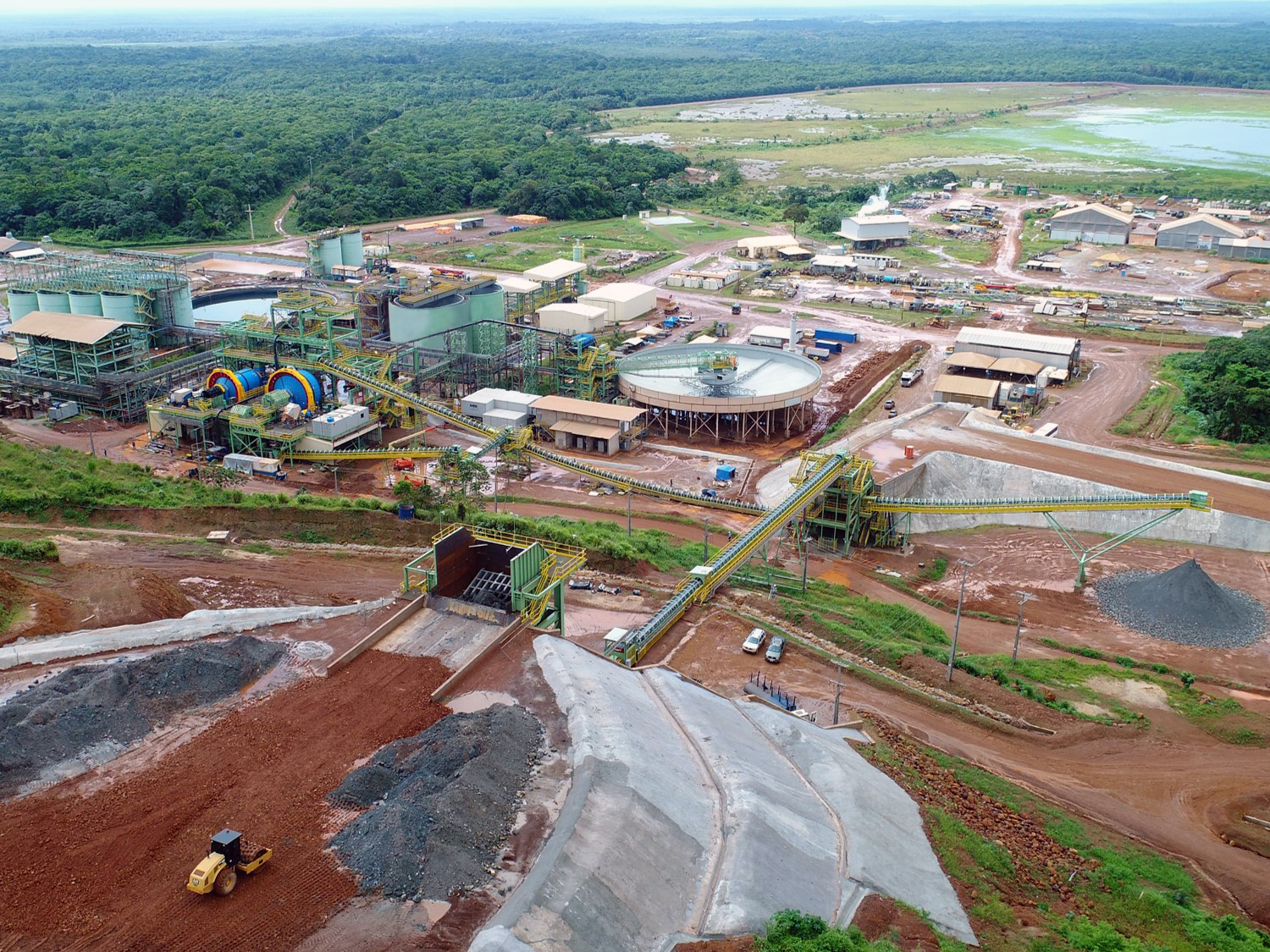Kenya on track to becoming a mining powerhouse
As the transition from fossil fuels to renewable energy continues to accelerate, Kenya is one of the countries that pride in generating more than 90 percent of its electricity using renewable sources.
Also, developed countries like Germany and the United States have expanded their renewable energy production. But against this backdrop, the big question is what does this rapid increase mean for countries that supply the input required to build this green energy technology?
The technology and infrastructure needed for the transition, which includes solar panels, wind turbines, and even electric vehicles, depend on massive supplies of metals and minerals.
Last week Philip Kirui, Inspector of Mines at the State Department of Mines, revealed that Kenya is likely to join countries like Rwanda, Burundi, Uganda and Congo in the production of 3T conflict minerals.
The 3T conflict minerals comprise of Tin, Tungsten, and Tantalum.
Some of the uses of these metals include production of solder in the electronics industry, the production of bronze and chemicals, production of cutting tools, high-speed steel as alloying components, and for light bulbs as filaments, and the production of high-performance capacitors used by the modern microelectronics industry for mobile phones and laptops.
But though these minerals are worth billions of US dollars due to their importance in industrial applications and many consumer products worldwide, on the downside, their mining process comes with great environmental challenges.
A study entitled “Responsible Minerals – Over a Decade of Effort and Impacts in the African Great Lakes Region”, conducted by the Global Partnership Hub of the Friedrich Naumann Foundation lists the destruction of the environment as one of the main challenges plaguing the mining process of these minerals.
Benjamin Odumo from the Department of Physics at the University of Nairobi, says, the process of the material being mined and processed scars the earth and if left rampant can result in significant degradation.
“Among the most significant environmental aspects related to mining include deforestation, changes in landscape structure, chemical pollution of waterway and soil, which influence soil production capacity.”
According to Odumo, though the same environmental problems resulting from illegal mines can occur at legal mines due to a lack of infrastructure, the impacts of Artisanal Small-Scale Mining, ASM, are likely to be more detrimental.
In the Africa Great Lakes Region, more than 80 percent of these minerals, are mostly extracted through ASM. “In developing countries, there is typically less adherence to mandated practices and rules than developed countries, where the impact of mining on the landscape structure is often more significant,” explains Mike Loch who is one of the authors of the study.
Share this content:














